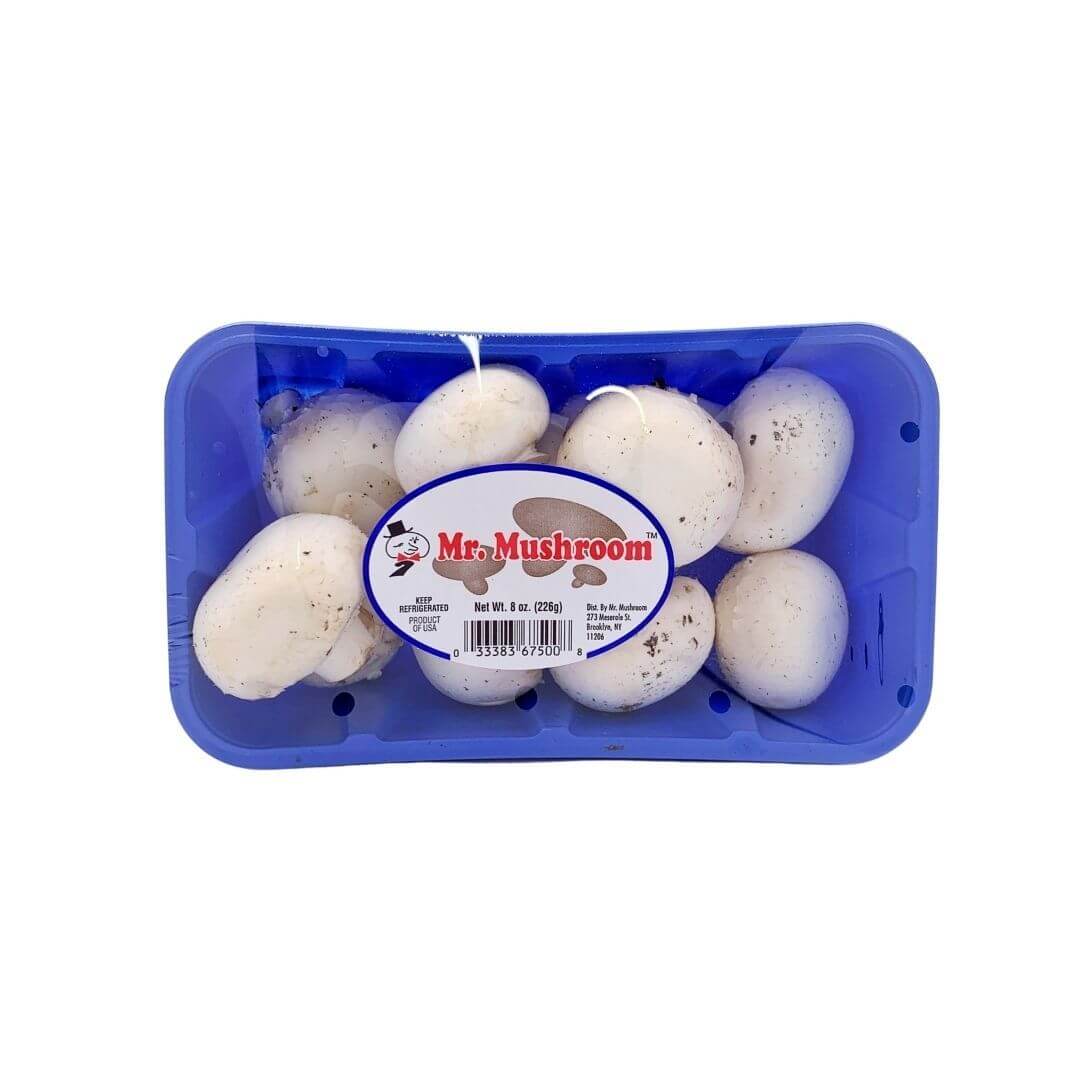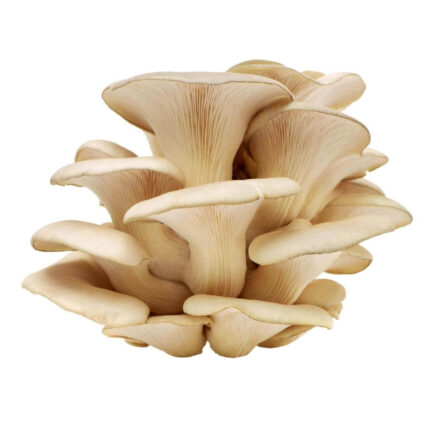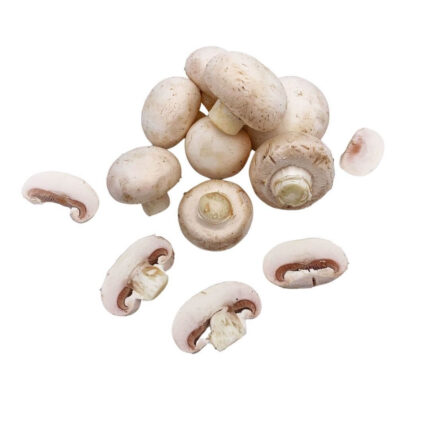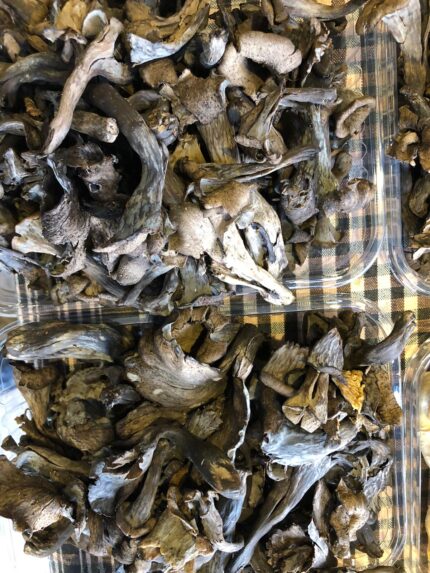8 oz x 10 boxes
White Mushroom aka “White Button Mushroom”, “Champignon Mushroom”, “Bai-Mo-Gu”, “Shuang-Bao-Mo-Gu”, “Yang-Mo-Gu”, “Niu-Kou-Mo-Gu”, “白蘑菇”, “双孢蘑菇”, “洋蘑菇”, “纽扣蘑菇”, “雙孢蘑菇”, “鈕扣蘑菇”
White mushroom has smooth off-white caps that are rounded, firm, and spongy attached to short stems. White mushroom is the most widely available variety. It has a mild flavor that deepens after cooking. Open veils and darker caps exhibit a richer flavor and more mature white mushroom. White mushrooms may be used raw or cooked. White mushroom is great for sauteing with garlic, olive oil, and black pepper. White mushroom is available year-round.
Handling Tip
Selection
The mushroom has a uniform white color and smooth glossy surface.
Avoid mushrooms with a pinkish color. This happens upon bruising and will eventually turn brown.
The mushroom is firm, plump, and moist.
Mushroom with no signs of bruises or sliminess.
The mushroom veil is fully intact. The open veil is not a sign of poor quality but will shorten shelf life.
Storage
Mushrooms should be stored at 32°F – 34°F (0°C – 1°C) with a relative humidity of ninety-five percent and no mist.
The typical shelf life is seven to nine days. The high relative humidity is essential to prevent stipe blackening, veil opening, and loss of glossiness.
Mushroom is sensitive to odor and should not be stored with strong aroma products. Especially, green onions should not be stored or displayed with mushrooms.
The mushroom is sensitive to water. Mushroom cartons should be kept off the wet floor. If wet, they will develop wrinkles, brown spots, or deteriorate prematurely.
Mushroom is sensitive to ethylene, a naturally occurring gas that regulates ripening. Mushrooms should not be stored with high ethylene-producing products to extend shelf life and avoid caps browning. Mushroom produces a low level of ethylene.
Mushroom is not sensitive to chilling injury but is sensitive to freezing injury. The freezing point for mushrooms is 31°F (-0.6°C). Freezing injury symptoms include water-soaked and extremely soft caps.
Nutrition Fact
Serving Size 5 medium mushrooms (84g)
Amount Per Serving % Daily Value*
Calories 20
Calories from Fat 0
Total Fat 0g ……………………………………………………………………………….. 0%
Saturated Fat 0g ……………………………………………………………….. 0%
Trans Fat 0g ………………………………………………………………………. 0%
Cholesterol 0mg ………………………………………………………………………. 0%
Sodium 15mg …………………………………………………………………………… 0%
Total Carbohydrate 3g ……………………………………………………………. 1%
Dietary Fiber 1g ……………………………………………………………….. 4%
Sugar 0g
Protein 3g
Vitamin A …………………………………………………………………………………….. 0%
Vitamin C …………………………………………………………………………………….. 2%
Calcium ……………………………………………………………………………………….. 0%
Iron ………………………………………………………………………………………………. 2%
Potassium ……………………………………………………………………………………. 9%
*The % Daily Value (DV) tells you how much a nutrient in a serving of food contributes to a daily diet 2,000 calories a day is used for general nutrition advice.
*Based on information published by FDA
Creating clear and transparent shipping and handling policies is crucial for a commodity trading company like Agropastoral Products Co., Ltd. Here's a framework for the Shipping and Handling Policy:
1. Shipping Policy:
a. Shipping Process: - Detail the steps involved in the shipping process, from order placement to delivery.
b. Shipping Rates: - Specify the shipping costs associated with various products or order amounts.
c. Delivery Timeframe: - Provide estimated delivery times based on location and shipping method.
d. Shipping Carriers: - Name the shipping carriers used and any partnerships that may influence shipping.
e. International Shipping: - Explain international shipping options, rates, and potential customs or import duties.
f. Tracking Information: - Describe how customers can track their orders and obtain tracking information.
g. Shipping Restrictions: - List any countries, regions, or products where shipping may be restricted or limited.
2. Handling Policy:
a. Packaging: - Describe how products are packaged to ensure safe transit and delivery.
b. Quality Assurance: - Explain any quality control measures or checks in place during the handling process.
c. Fragile Items: - Provide special handling instructions for fragile or delicate commodities.
d. Inventory Management: - Detail how inventory is managed to maintain accuracy and prevent errors in order fulfillment.
e. Returns and Exchanges: - Outline the process for handling returns, exchanges, or replacements related to shipping issues or damaged items.
3. Additional Policies:
a. Lost or Damaged Items: - Explain the procedure for reporting and addressing lost or damaged items during shipping.
b. Split Shipments: - Describe under what circumstances the company may split an order into multiple shipments and how this is communicated to the customer.
c. Free Shipping Offers: - Clarify conditions for free shipping, such as minimum order amounts or specific products.
d. Holiday or Peak Season Shipping: - Provide information about any special considerations or delays during peak seasons or holidays.
e. Force Majeure: - Address how the company handles unforeseen events like natural disasters, strikes, or other force majeure events affecting shipping and delivery.
f. Contact Information: - Provide contact details for customers to reach out for shipping-related queries, concerns, or support.
Regularly update and review these policies to ensure they align with your company's operations and any changes in shipping or handling processes. Communicating these policies clearly to your customers will help manage their expectations and provide a positive shopping experience.












Reviews
There are no reviews yet.